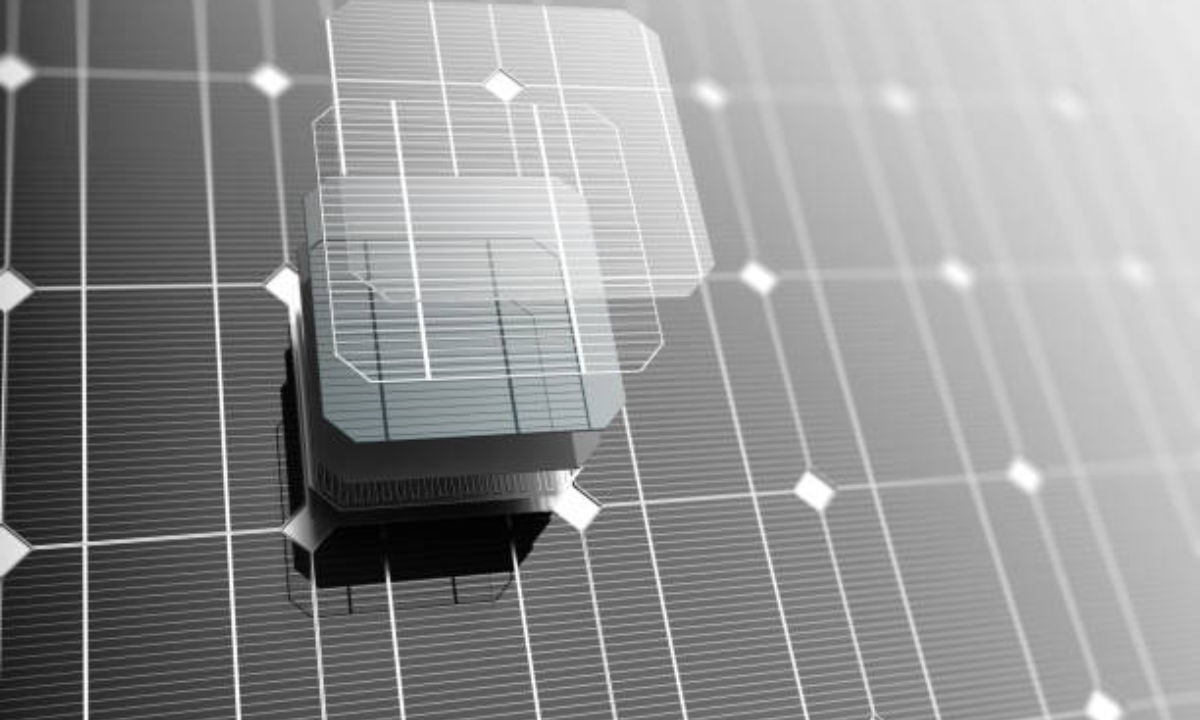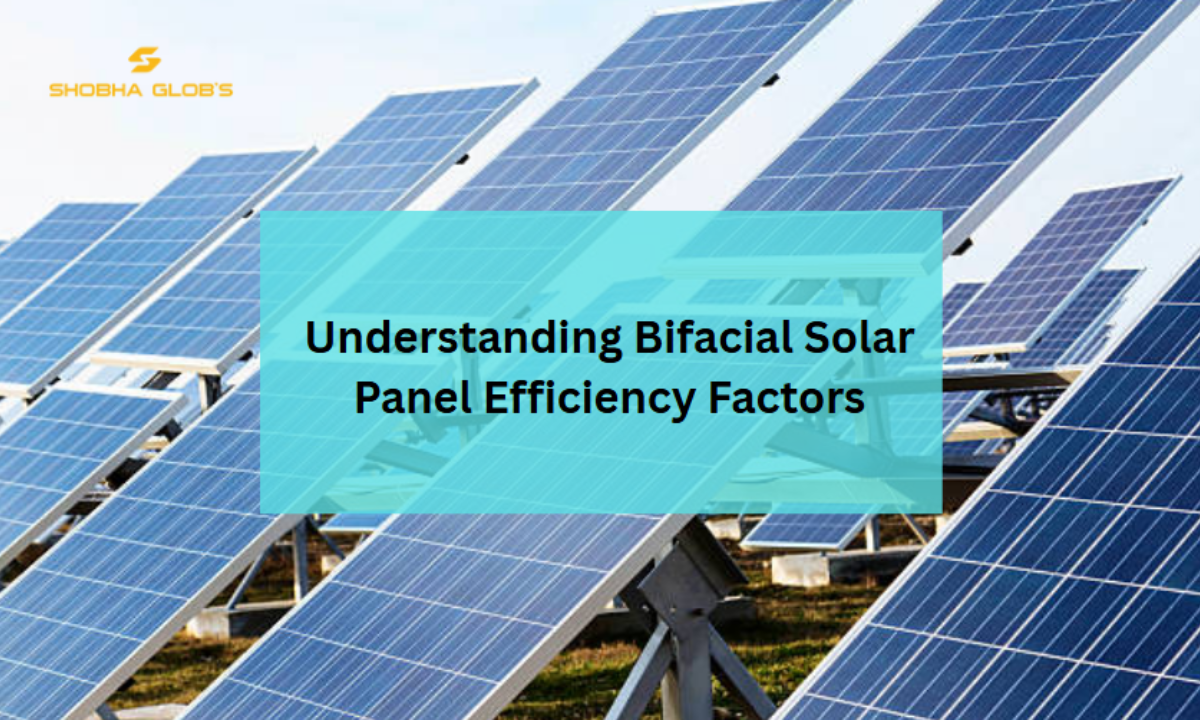Bifacial solar panel efficiency is becoming a crucial topic for homeowners, businesses, and industries looking to maximize solar energy output. As renewable energy grows in India, bifacial solar panels are gaining attention for their ability to capture sunlight from both sides, increasing overall efficiency and energy yield.
If you are considering upgrading to bifacial technology, understanding the factors that influence efficiency is essential. Today, we will walk you through all of them.
Stay tuned, as we will also explore how partnering with a top solar EPC company in India can significantly impact your project’s success.
What Are Bifacial Solar Panels?
Bifacial solar panels, explained simply, are panels designed to capture sunlight on both the front and rear surfaces. Traditional panels absorb sunlight only on one side, but bifacial panels use reflective surfaces like rooftops, concrete, or snow to generate additional energy from the backside.
Example:
If a standard solar panel produces 300 W from the front, a bifacial panel of the same size can generate an additional 10–25% from reflected sunlight, depending on the surface and installation.
Tip: Bifacial panels perform best when installed over reflective surfaces such as light-colored rooftops or ground-mounted areas with high albedo.
Components of a Bifacial Solar Module

A bifacial solar module consists of:
| Component | Function |
|---|---|
| Front Glass | Captures direct sunlight efficiently |
| Solar Cells | High-efficiency cells that generate power from both sides |
| Back Glass | Captures reflected sunlight from surfaces |
| Frame | Provides structural support and durability |
| Junction Box | Electrical connectivity for energy output |
These components ensure bifacial panels are durable, efficient, and suitable for both rooftop and ground-mounted installations.
Bifacial Solar Panel Technology
Bifacial solar panel technology combines modern photovoltaic (PV) design with reflective efficiency. Some key technological features include:
- Double-glass design: Protects both sides of the panel while enabling light absorption from the back.
- Advanced cell technology: Mono PERC or N-type cells improve energy conversion.
- Transparent back sheet or glass: Allows light to pass through and be absorbed from behind.
Example: In regions with high sunlight reflection, such as Rajasthan or Gujarat, bifacial panels can outperform traditional panels by up to 20% in annual energy production.
Factors Affecting Bifacial Solar Panel Efficiency
Several elements influence bifacial solar panel efficiency:
1. Installation Angle and Orientation
The angle and direction of installation play a crucial role. For rooftops, panels should be angled to capture maximum sunlight throughout the day. Ground-mounted bifacial panels can be elevated for better backside reflection.
2. Ground Albedo
Albedo is the measure of how much sunlight reflects off the surface below the panel. Light-colored surfaces like sand, concrete, or gravel increase the energy captured by the backside of the panel.
3. Height from Ground
Panels installed higher from the ground tend to capture more reflected sunlight. Even an additional 30–50 cm can improve efficiency by 5–10%.
4. Shading and Obstructions
Shadows from trees, buildings, or other panels reduce bifacial efficiency. Always ensure clear paths for sunlight and reflection.
5. Temperature Effects
While bifacial panels handle heat better than traditional panels, extreme temperatures can slightly reduce efficiency. Proper ventilation and spacing are essential.
Tip: Regular cleaning and maintenance of both the top and rear surfaces of bifacial panels ensures optimal energy generation.
Bifacial Solar Panel Size and Price
Choosing the right bifacial solar panel size depends on available space and energy needs. Common sizes range from 330 W to 550 W per module. Larger panels can generate more energy per unit but may require structural reinforcement.
Bifacial solar panel price varies based on technology, size, and manufacturer. In India, prices are slightly higher than for conventional panels due to double-glass construction and advanced cells. However, the long-term energy savings often justify the initial investment.
Example: A rooftop installation of 5 kW using bifacial panels can generate 10–15% more electricity annually compared to conventional panels.
Bifacial Solar Panels in India
The Bifacial solar panels India market are growing rapidly due to increased government incentives and industrial adoption. From rooftop systems to large solar farms, the efficiency gains make them a preferred choice.
Bifacial solar panels rooftop installations are especially popular in commercial buildings and factories, where reflective surfaces like white-painted roofs or terraces maximize output.
Partnering with a reliable solar panel installation company in Bangalore ensures proper design, placement, and maintenance for maximum energy generation.
Tip: When installing on a rooftop, ensure proper load assessment and panel spacing to avoid shading and overheating
Bifacial Solar Panel Installation
Bifacial solar panel installation should always follow best practices:
- Use durable mounting structures to support double-glass modules.
- Maintain adequate tilt and orientation for both front and rear exposure.
- Consult a top solar EPC company in India for proper assessment, design, and execution.
Professional installation ensures panels operate at peak efficiency and reduces long-term maintenance costs.
Benefits of Bifacial Panels
- Higher Energy Output: Gains from rear-side reflection improve total generation.
- Durable and Long-Lasting: Double-glass panels are more resistant to wear and tear.
- Suitable for Various Installations: Rooftops, open grounds, and industrial plants.
- Better ROI: Higher efficiency means faster payback on investment.
Partnering with a Top Solar EPC Company in India
Choosing the right EPC partner is crucial. A top solar EPC company in India ensures:
- Optimal panel selection based on site conditions
- Accurate energy yield projections
- Proper bifacial solar panel installation techniques
- Ongoing monitoring and maintenance
Working with experts guarantees your investment in bifacial solar technology delivers maximum benefits.
Final Thoughts
Investing in bifacial solar panel efficiency is a smart decision for anyone looking to maximize energy output and long-term savings. By considering factors like installation, ground albedo, and professional guidance from a top solar EPC company in India, you can ensure your solar project reaches its full potential.
At Shobha Globs, we understand that renewable energy solutions require precision, quality, and expertise. Whether it’s rooftop installations or industrial-scale solar projects, the right choice of technology and EPC partner makes all the difference.
If you are ready to explore bifacial solar panels and learn how they can revolutionize your energy consumption, our trusted Solar EPC Company in India can guide you every step of the way.
FAQs: Bifacial Solar Panel Efficiency
Q1. Are bifacial solar panels worth the extra cost?
Yes, bifacial solar panels are worth the investment because their dual-sided design captures more sunlight, increases energy output by up to 20%, and provides faster long-term savings compared to traditional panels.
Q2. Can bifacial panels be installed on all rooftops?
Bifacial panels can be installed on most rooftops, but reflective surfaces and optimal tilt significantly improve efficiency. Dark or uneven roofs may reduce backside energy gains, so careful planning is necessary.
Q3. How long do bifacial panels last?
With proper installation and periodic maintenance, bifacial solar panels can last 25–30 years, maintaining high energy output over time. Their double-glass construction also enhances durability compared to conventional panels.
Q4. Do bifacial panels require more maintenance?
Bifacial panels are generally low-maintenance, but cleaning both the front and rear surfaces periodically ensures maximum efficiency. Proper monitoring prevents dust or debris from reducing the panel’s energy output.

